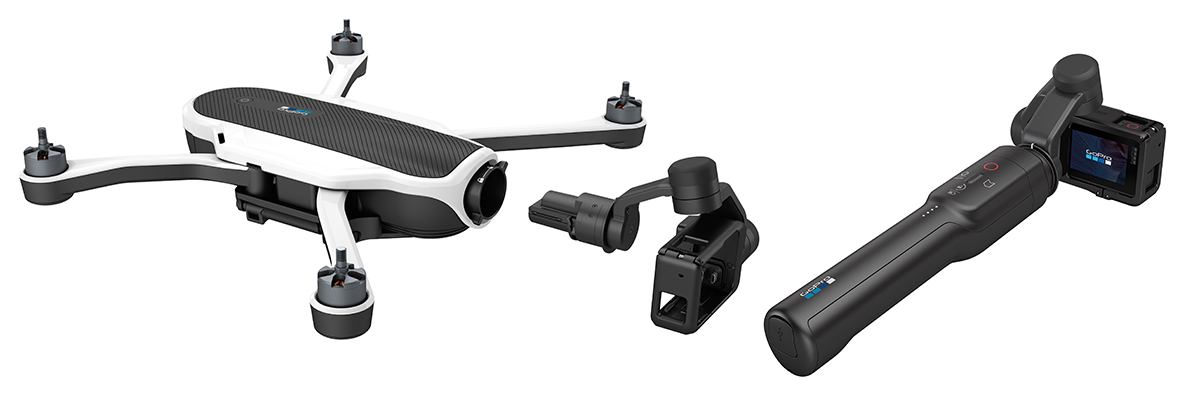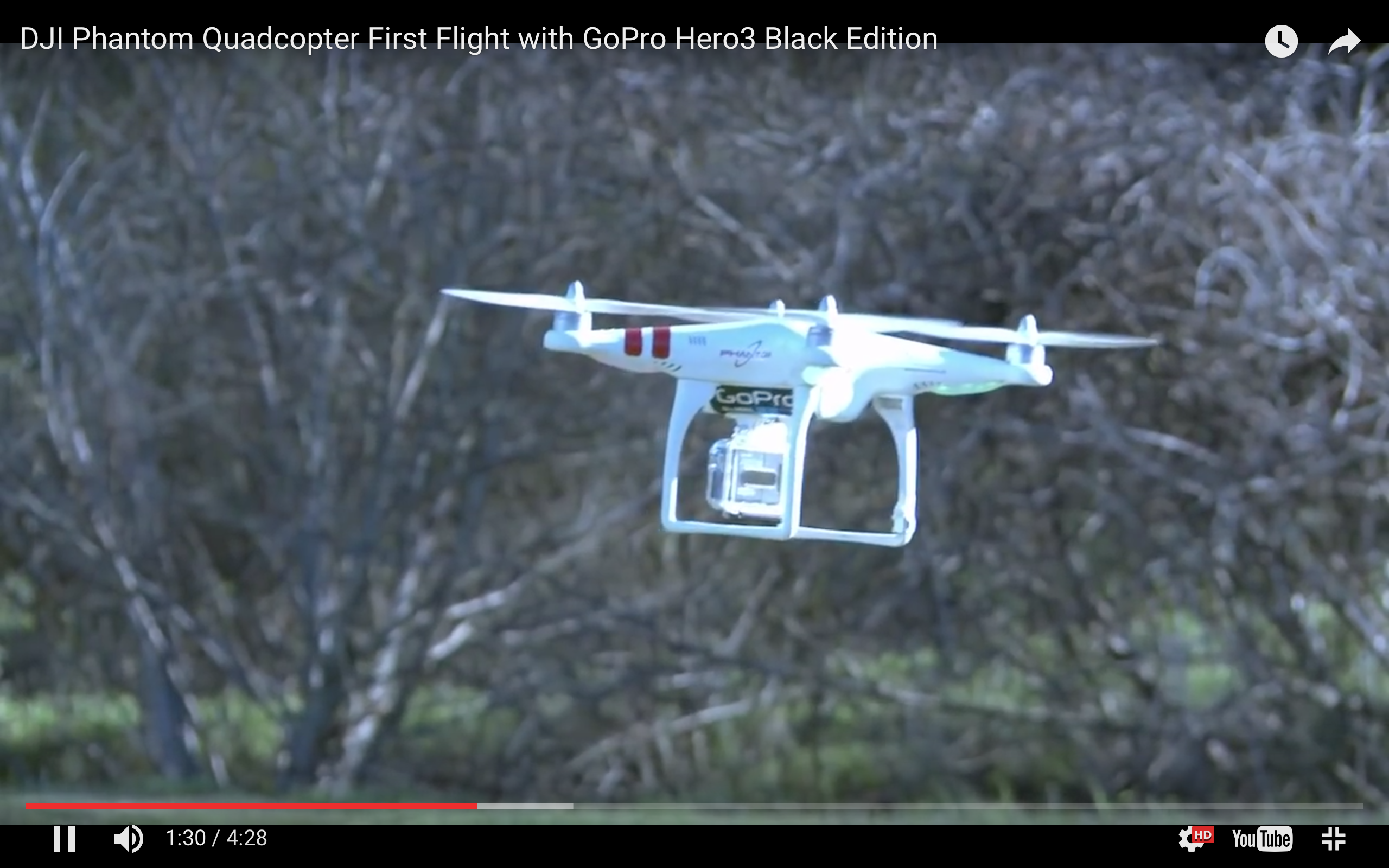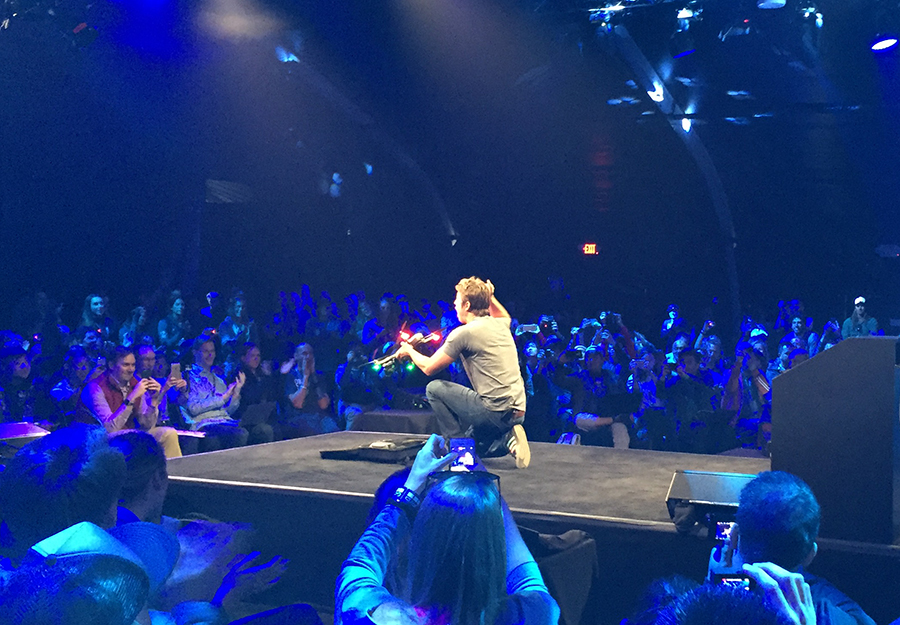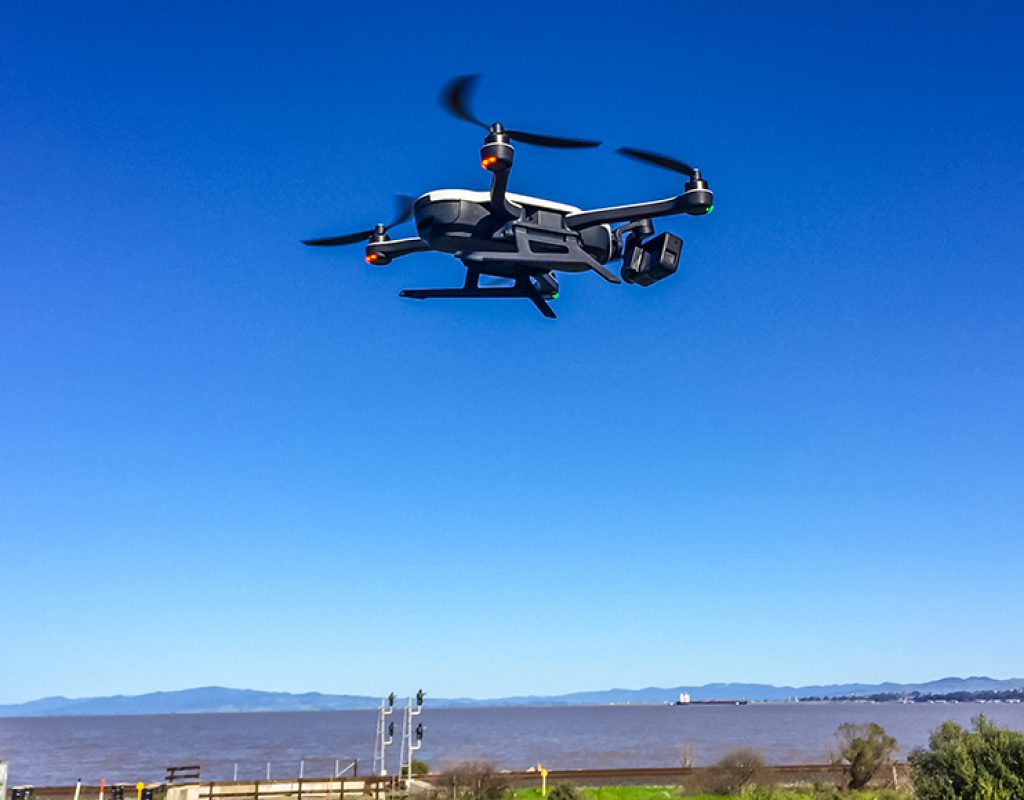After the false-start on product launch last year which ended abruptly with a product recall, GoPro recently relaunched the Karma Drone with an improved battery locking design, so we were finally able to put this kit to the test!

GoPro Karma System: “More than just a drone”
That’s what the GoPro marketing says, and well, that’s what they’ve delivered!
Let me start off by saying I’m a die-hard DJI user. I’ve been flying quadcopters since I got a pre-release version of the original DJI Phantom 1 in December of 2012. I was looking for a way to get my GoPro 3 up in the air to get different POVs than I could get any other way.

I tried fancy kites, weather balloons, etc… to no avail. Then came the original Phantom and the rest is history. And let’s not forget, the early Phantoms were wild and wooly – crashes were expected and there wasn’t much automation or remote camera operation. There wasn’t even a gimbal yet.
So while I’ve been testing and flying everything under the sun in the prosumer drone category (DJI, Yuneec, Parrot, 3DR, etc.), I’ve been able to establish what it takes to make a legitimate functional video drone package. GoPro has successfully achieved this in my opinion – and also a great handheld motorized stabilizer so you can get shots on the ground or attached to you to get smooth steady footage whatever you’re doing.
What GoPro has done with the Karma concept, is take the best of what GoPro has always delivered – make great action cams capture your adventures in an easy-to use package. Those that have been following my articles on ProVideo for awhile, I’ve been a huge GoPro Hero fan since about 2010 and still am.
The Karma Drone was first announced last Fall at a product launch event that I attended in Lake Tahoe and I could see where this was going. Unfortunately they had one key design flaw that caused a battery latch malfunction and issued a recall for all shipped products to get the problem resolved and the potential for failure off the streets (out of the air). While some saw this as a massive failure for the brand, in the long-run – it’s a win for the company that cares more about their user experience and safety than what may be considered an industry set-back.

But here we are in early 2017 with a solid drone/stabilizer kit that will be easy enough to fly for beginners, yet robust enough for professionals.
The battery issues have been resolved – there’s a dual locking system that keeps it snugly in place during flight, yet it’s super easy to use.
The RC controller for the Karma drone is smaller than other such as the Phantom or Yuneec Typhoon, but feels good in your hands – more like a game controller. It’s light enough that you won’t need a neck strap to hold it to operate and the sticks have a solid and responsive feel.
But the best part is the bright, built-in screen features integrated software to control the drone flight functions and camera controls for your attached GoPro. No need to connect or sync up with your smartphone or tablet, nor have to deal with compatibility issues with different devices/software, or low power on your device.
Just starting out? Try the flight sim first!
I have to say, of all the flight simulators drone manufacturers have developed to practice your flying skills prior to taking to the sky, the Karma controller has by far the most realistic look, feel and response to the controls of all.
Practice makes perfect (or just safer, better videos). 😉
Note that you won’t have collision avoidance to rely on like many of the current DJI products do. I’m an experienced pilot and I train people to fly all the time on older Phantoms, and really, you don’t necessarily NEED those features unless you’re flying in very tight surroundings or indoors – which I would NOT recommend without a lot of experience flying in the first place!
So what makes the GoPro Karma system design “more than just a drone”?
By capitalizing on what GoPro users have demanded in accessories and 3rd-party products over the years, GoPro has developed a gimbal system that attaches to either an integrated quadcopter or a hand-held gimbal. This allows the average user to fly their GoPro Hero 4/5 to capture shots from the air and then bring it back down and continue shooting with the same stabilized camera in a hand-held grip, for seamless production value.
Whats in the kit?
- Karma Drone + 1 rechargeable battery & charger
- Karma Stabilized gimbal for HERO4/5
- RC Controller w/Integrated clamshell screen
- 6 Props
- Karma Grip handle w/Mounting ring
- Karma Case/backpack
I’ve found that the Karma drone’s folding design is quite sturdy yet elegant. Since the Karma case is designed to allow you to leave the props on the craft , it’s really as simple as taking it out of the case, unfolding the arms and landing gear and powering up along with the controller and you’re in the air in about a minute.
Test flights
So I’ve tested – even tried to crash it with hard maneuvers and running it low on power, but Karma refused to give in and proved a sturdy drone with a great camera.
It has a solid feel and steady at the sticks – providing smooth control for capturing video yet spry enough to chase trains (one of my favorite activities). Take a look at a few video clips from the series of test flights around our neighborhood by the bay:
There are several Auto Shot options you can use to get smooth, professional videos, as you saw in the test flights video above. The two most useful in my opinion are the Orbit and Cable Cam. The Orbit allows you to set the point over which you want to orbit around a subject or object and you can set the speed of the maneuver once it’s initiated. Cable Cam will set A & B points in a straight path and will fly automatically between those points, allowing you to control the yaw (spin) and camera tilt to capture aerial dolly shots.
I also tried the Reveal and Dronie modes (I believe the term “Dronie” originated by my photographer friend Eric Cheng, who was working for DJI as their Director of Imaging through last year) – and they function just as expected. The clips just didn’t make it in the demo video.
But manual flight is where it’s at, and the Karma drone delivered solidly as one would expect.
But would I compare it to a DJI Phantom 4? Probably not as it’s a different beast – with a slightly different purpose. While the Karma is a solid, functional drone system that most anyone could pick up and use, especially if they’re already familiar with GoPro cameras, there are some vast differences in the technology and capabilities between the two. What’s missing are some of the refinement and technology that DJI has been developing for years, like collision avoidance, optical flow stabilization, optical tracking, digital zoom, etc. And the range is about half of what the Phantom 4 can deliver – at least in my testing. But for a first generation drone by a manufacturer not known for this kind of technology, I think GoPro could be a solid contender in the market if they can continue to develop their technology.
Karma Grip handheld stabilizer
I’ve had a chance to try out the Karma grip for a month or so and test it in various scenarios. What’s important about the Karma system is that the gimbal and camera stabilizer is a modular unit that can be transferred from the drone to the grip handle in seconds. This allows you to fly and capture shots from the air and then transfer your stabilized GoPro to a handheld mode to capture the action back on the ground.
This isn’t the first of its kind though – Yuneec made their Typhoon Q500 4K work in a similar fashion, only the camera sucked and the stabilizer just didn’t really… stabilize. DJI came out with the OSMO which had it’s own stabilized camera head, and then later made concessions to allow the Inspire 1’s X3 (and X5 with an adapter) cameras work on it, but that’s also a more advanced workflow.
When the Karma was first launched last fall and we couldn’t wait to get our hands on test units, I was able to attach my HERO5 Black to the old FeijuTech handheld gimbal and as crazy as it looks, it actually worked!
Hoever, the REAL Karma Grip has options that allow you to change camera modes and record on the fly with thumb controls – which really makes it a useful tool.
Using the mounting ring on the Karma Grip handle, you can attach the grip to your body via various straps, clips and backpack mounts, so if you’re doing any kind of physical activity, you can capture smooth stabilized video of the action.
Or you can mount it to just about anything!
I did some tests with the Karma Grip mounted to the back of my Toyota FJ for a project, just to see how the resulting video would be and surprisingly, the 4K GoPro HERO5 footage looked much better than the OSMO (coming soon in a resulting show-down comparison review).
Here’s a few clips from the Karma Grip – both handheld and mounted:
Overview:
The GoPro Karma system is a complete, ready-to-go drone and stabilizer kit that all you need to add is your GoPro HERO4/5 camera and you’re ready to start creating some fun and exciting projects. If you’re a fan of GoPro cameras and are already comfortable with their image quality and media workflow, then the Karma system won’t disappoint.
If you’re a beginner drone pilot (little to no experience), the Karma drone is easy to fly with lots of features to keep you safe and help you learn to fly. With the HERO5 Black as I tested it, I’m quite pleased with the resulting footage – I just wish I had it a bit longer to try some aerial panoramas and 3D mapping as well!
The only issue I had at all with the Karma was a horizon tilt/shift that can’t be corrected while the drone is in the air, and you have to land and reboot the drone to get it to re-calibrate/correct. Sometimes it might just drift a bit but some fast/wild flight maneuvers would force it to reset it’s level again. I found this also true with the Karma Grip mounted on the car – it has a very slow auto-leveling/correction response – but being that this is a first-generation product, I believe they’ll get that sorted out with firmware shortly.
UPDATE: There are three kits available from the GoPro online store: Karma with HERO5 Black $1099, Karma for HERO5 Black $799, and just announced is the Flight Kit for the Karma Grip $599 (for those who previously purchased the HERO5 Black and Karma Grip separately)


